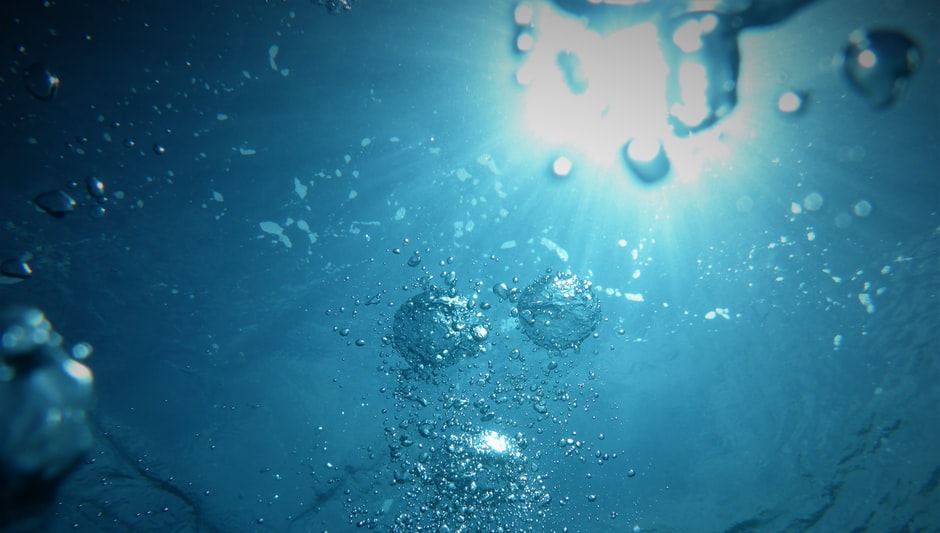The ammonia being produced causes the water to be milky because beneficialbacteria build up in order to consume it. This cloudiness is caused by free floating beneficialbacteria which are not harmful for your fishes, and should go away when they settle down, but if they don’t, you will need to add more ammonia to the tank.
Table of Contents
Why is my fish tank cloudy after 1 day?
It is not uncommon for the aquarium to become cloudy after starting a new aquarium. This is due to beneficial, nitrogen converting bacteria colonizing to oxidize ammonia and nitrites. If you notice that your aquarium is becoming cloudy, you may need to add a few drops of ammonia or nitrite to your water.
Is cloudy water harmful to fish?
The appearance of cloudy aquarium water is not bad for a fish, but it is a sign of an issue. Testing your aquarium water is the first thing you should do when you see cloudy water. Take action to correct any deficiencies if you get a baseline of your nutrition levels.
If you are having problems with algae growth, you may need to add a few more nutrients to your tank. If you have a lot of algae, it may be a good idea to move your fish to a different tank to get rid of the algae.
Why is fish tank cloudy after water change?
The primary cause of cloudy water is the bloom ofbacteria. The bacteria present in the bacterial bloom make the water contaminated, so it looks dirty or milky. The decaying plants could be the reason. When mixed with fresh water, their decomposition releases waste products that make it cloudy. Bacterial blooms can be caused by a variety of factors, but they are most common in tropical and subtropical waters. They can also occur in freshwater and saltwater aquariums.
In freshwater, they can occur due to poor water quality, poor filtration, or a combination of the two. Saltwater, on the other hand, is more likely to be the cause of cloudy water, as it has a higher concentration of dissolved solids than freshwater. This is because salt water contains more dissolved organic matter, which makes it more difficult for bacteria to grow in it.
However, it is possible to reduce the amount of salt in your water by adding a salt solution to your aquarium. If you do this, you will need to add more salt to the aquarium to compensate for the added salt. It is also important to keep in mind that some types of bacteria are more susceptible to salt than others.
Can I add water conditioner while the fish are in the tank?
You may add water conditioner to the water with fish in it if you are only removing a small portion of water. If you change the water completely, you need to add a water conditioner to the water to make sure the fish don’t get poisoned.
How often should I clean my fish tank?
Depending on how many fish you have and how messy they are, most tanks need to be cleaned every two weeks. The gravel should be Siphoned to remove any debris and the water should be changed about a third of the time. If it’s not working, you may need to replace it.
How often should I change fish tank water?
If you have a lot of stock in your tank, increase it by 20 percent each week. The maximum length of time between water changes should be two weeks, as you don’t want your fish to get stressed out. If you have a tank with a lot of fish, you may need to increase the amount of water you add to the tank.
You can do this by adding a little more water at a time until you reach your desired level. This is a good idea if you are not sure how much water to add, or if your water is too low or too high for the fish to survive.
When cleaning a fish tank should you remove the fish?
Before you begin. It’s best to keep your fish in the fish tank when you clean. You run the risk of accidentally hurting your fish if you remove them. It is possible to keep your fish in the tank while you clean it. However, it is best not to do this unless you are absolutely sure that you will be able to safely clean your tank. Remove all debris from the bottom of your aquarium.
This includes any debris that may have accumulated on the sides of the aquarium over the years. If you have a large aquarium, you may want to use a vacuum cleaner to get rid of this debris. You can also use your fingers to gently remove the debris, but be careful to not get any of it in your eyes or on your skin.
Be sure to wash your hands thoroughly after you remove debris so that they are free of any bacteria or other contaminants. Do not use any cleaning products that contain bleach or ammonia, as these can be toxic to fish and can cause serious health problems for you and your pets. ,,, and the like.
